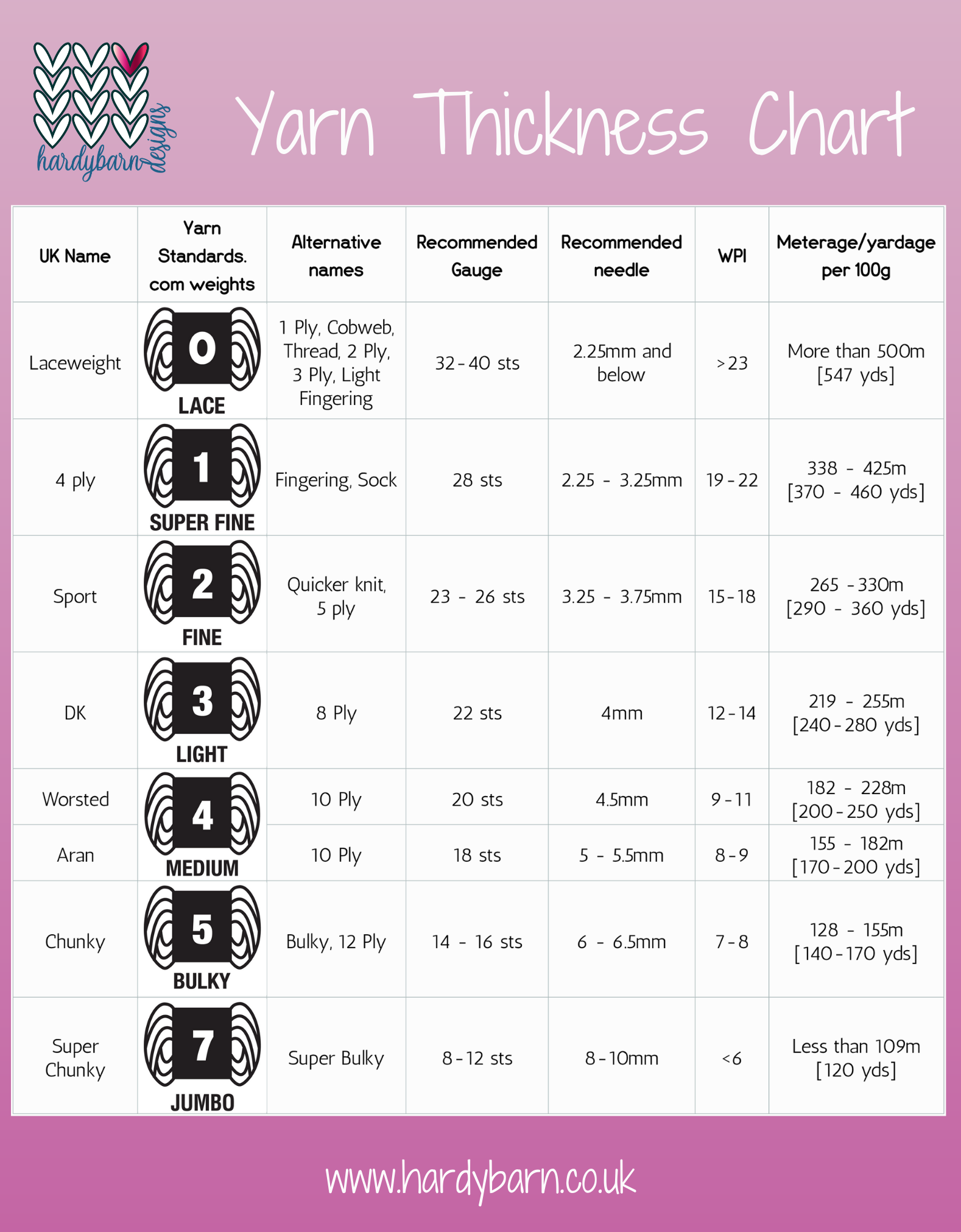Thoughts on I-Cord
Have you used an i-cord cast off and been a little disappointed that it has no give? I have.
First things, first. What is this I-cord that you speak of? Believe it or not, the "I" stands for "Idiot" and was named by the influential Elizabeth Zimmerman.
You might recognise it as "French Knitting" that many of us made as children using a bobbin and a needle.
I-cord can be made on its own and used for lots of different things but I wanted to discuss the use of it when attached to other knitting. It's most commonly called "applied I-cord" when used in this way.
For example, you can finish off a project around the edge with applied I-cord. One of my most recent projects that I completed, Vertices Unite, is finished in this way. 
The basic idea is that stitches are picked up all the way around the edge you want to finish and then you cast on a few more and use these to knit an I-cord and cast off. Here's an example, once you pick up stitches, cast on 3 more stitches, *k2, ssk, then slip all 3 stitches back to the left-hand needle, rep from * until you've cast them all off.
Tip: use a smaller needle tip on the left. This won't effect the final tension of the cast off and it makes it a bit easier and quicker to slip the stitches to the left-hand needle.
You can use this same technique as a normal I-cord cast off on an edge too. However, gauge is a factor here.
If you think about it, your knitting gauge is 22 stitches by 30 rows. You've been happily knitting along on your project and you come to the i-cord cast off. You keep going with the same size needle but hold on...my stitch gauge is 22 stitches but I'm now working across the top of these stitches and my row gauge is 30 rows. That means that for every 22 stitches I cast off then, ideally, I need to be working 30 rows of i-cord but I'm not doing that. I'm working a row of i-cord for every stitch cast off. That is why i-cord edges have no stretch and can often pull in.
How do I fix this? Well, you've got a couple of choices. The easiest option is to go up to a better-fitting needle size. I want a needle size that will give me 22 rows in 10cm [4"] and not the 30 rows that I have.
Just a quick check and you can work out what your stitch gauge needs to be too. Divide your stitch gauge by your row gauge and then multiply it by your stitch gauge again e.g. 22/30 = 0.73 x 22 ≈ 16 stitches. I need a needle that will get me closer to 16 stitches by 22 rows in 10cm [4"]. I tend to keep a list of all my gauge swatches (in an excel spreadsheet because I'm a nerd!), so you might already have an idea of which needle size you need to go up to.
My original needle, 3.75mm, gave me 22 x 30 and I know from previous experience that I'll get close to 16 x 22, if I use a 6mm. Using a 6mm to cast off with will give me a much better and smoother edge. If you don't know what size that you'll need, you could always swatch or take the quicker yet riskier option and go with something about 2mm thicker than what you worked with.
The second option is to add some extra stitches in on the final row before the cast off. I need an extra 8 stitches every 10cm [4"] to bring the stitch count up to the row gauge. Check your final stitch count, lets say I have 200 stitches. Divide this by the stitch gauge and then multiply by the row gauge. The difference is how many stitches to increase by. 200/22 = 9.09 x 30 = 272 - 200 = 72 stitches to increase. You can do this evenly across the row and the backwards loop cast on is a good method to hide the increases. However, if you are doing i-cord up a side edge then you shouldn't have to do anything to compensate since you are working row for row. In Vertices Unite, then you have a equal combination of working across side edges and casting off stitches. I decided that the easiest option was to change my needle size but not to go as large as the 6mm. I went for about halfway in between and plumped for 4.5mm and it worked out well with no pulling in.
However, if you are doing i-cord up a side edge then you shouldn't have to do anything to compensate since you are working row for row. In Vertices Unite, then you have a equal combination of working across side edges and casting off stitches. I decided that the easiest option was to change my needle size but not to go as large as the 6mm. I went for about halfway in between and plumped for 4.5mm and it worked out well with no pulling in.
Hopefully, the next i-cord cast off that you make will be a thing of beauty and you may spend hours adoringly gazing at it and petting it occasionally - or is that just me?



Comments
Post a Comment